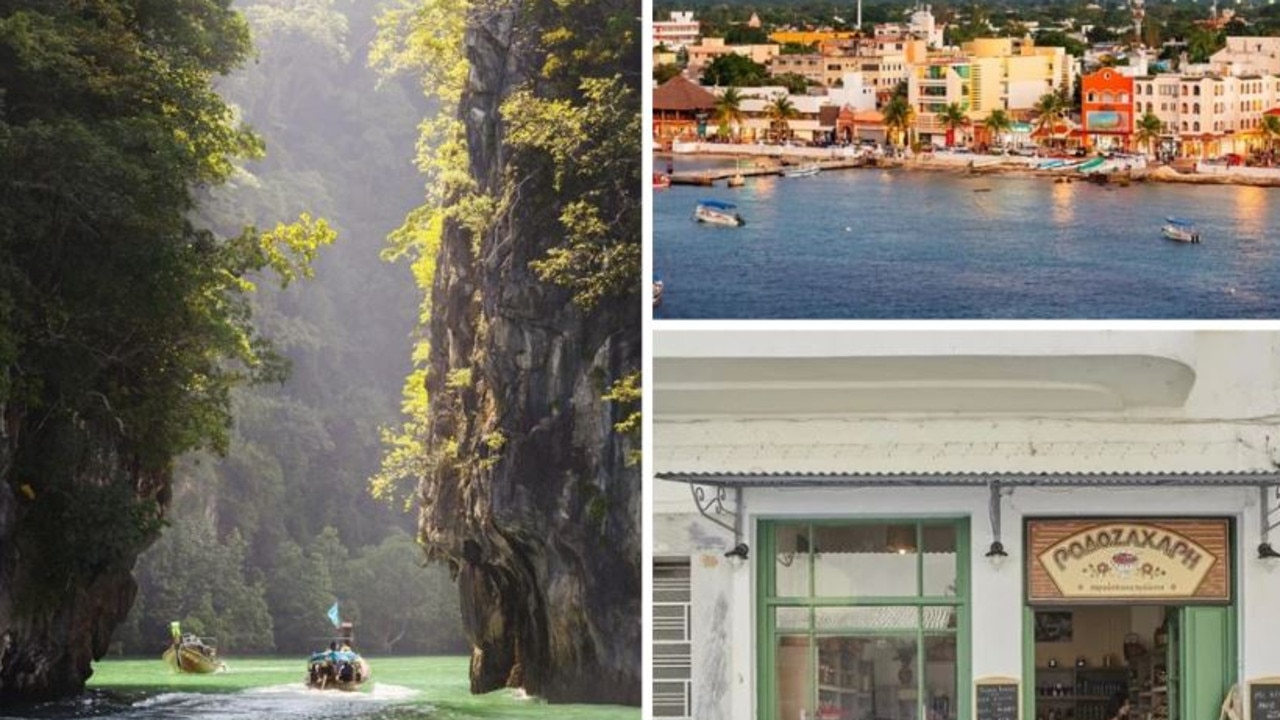Dan Brown's Washington adventure
ROBERT Langdon is back, and travellers can follow in his footsteps on a 12-hour adventure in the American capital.

THE Harvard symbologist, who took us through a thrilling maze of clues in Dan Brown's novel The Da Vinci Code, is in Washington DC for his next adventure.
The Da Vinci Code took Langdon to Paris, and he was in Rome for Angels & Demons, but he only had to travel from Massachusetts to Washington D.C. to work on his newest challenge in Brown's latest offering The Lost Symbol.
Discover: Washington D.C. city guide
According to Brown's American editor Jason Kaufman, "it’s a Washington that few will recognise". While The Lost Symbol's plot is a well-guarded secret, Brown's publisher Doubleday gave the location away when it released the novel's cover.
The US version features an image of Washington's iconic Capitol building, with a wax seal over a background of symbols, and the Australian edition also has the Capitol but with a key and a compass.
One other thing is known about the scenario, the whole story will happen in half a day. "Weaving five years of research into the story's 12-hour time frame was an exhilarating challenge," Brown says. "Robert Langdon's life clearly moves a lot faster than mine."
Plot your own adventure
Brown's fans can follow in the footsteps of his fictional hero by plotting their own 12-hour adventure in the American capital.
The city's tourist heart is small enough that visitors can see many of the sites that make this an engaging destination because they're clustered around the building that is featured on The Lost Symbol's cover.
The Capitol, which was built towards the end of the 18th century to accommodate the country's houses of parliament, sits at the end of Pennsylvania Avenue and is defined by a magnificent dome that rests on a rotunda between two stately wings.
Standing on the landing outside the Grand Rotunda, with the lawns of the National Mall stretching towards the Lincoln Memorial in front of you, you can take in the view that was before Barack Obama when he took the oath of office back in January.
The Botanic Gardens are on the Capitol's grounds, beside the eastern Reflecting Pool, and the many buildings of the famed Smithsonian Institution are between the parliament and the artery that is 14th Street.
While there are 16 Smithsonian museums in Washington, two of the best are the National Air and Space Museum - where you can see craft used by the Mercury, Gemini and Apollo astronauts as well as a variety of flying machines - and the American Indian Museum.
After crossing 14th Street, and admiring the Washington Monument, you should take a quick detour to circle the White House while stopping to examine the elegant facades of the Old Executive Office Building and the Corcoran Gallery on 17th Street.
Make your way back to the Mall and head west towards the monuments and memorials that rest in Constitution Gardens and West Potomac Park either side another Reflecting Pool.
The World War Two Memorial is a grand complex of granite columns, campaign names etched on the stone panels, quotes from those who served, and sculptures depicting significant moments.M
The Vietnam Veterans Memorial, the Korean War Veterans Memorial, and the Lincoln Memorial crown the National Mall near the Potomac. The Vietnam monument is a black wall, featuring the names of every service man and women who died in the conflict, and the Korean tribute has 19 metal soldiers on an eternal patrol.
FAST FACTS
If you're keen to do a Langdon-like excursion, and spend a day exploring the places you will know well after reading The Lost Symbol, you can visit the National Geographic (www.nationalgeographic.com/walkingtours) website to print a Washington DC walking tour.



